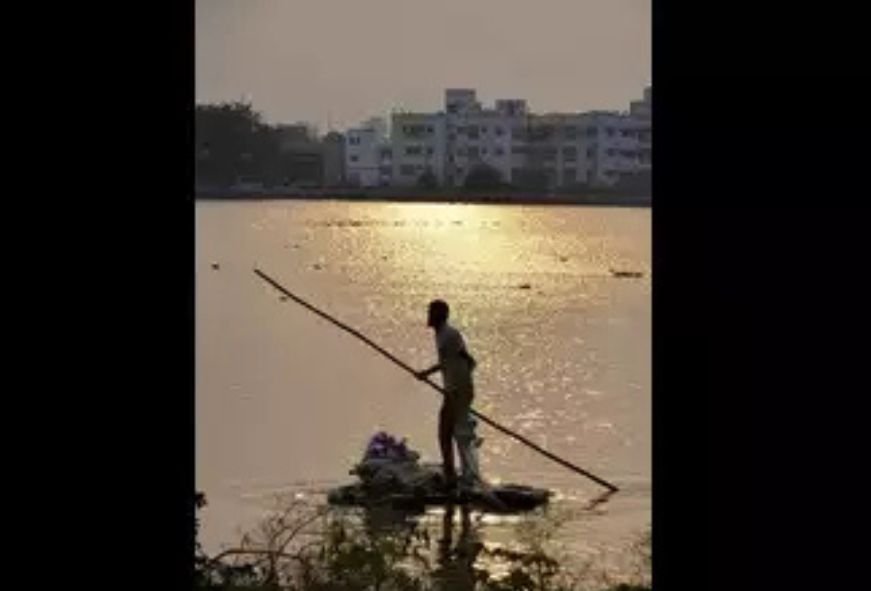Updated - Mar 1, 2025
By admin
The Big Fish: How Jharkhand Transformed its Fishing Industry
 Image source - https://timesofindia.indiatimes.com/city/ranchi/the-big-fish-how-jharkhand-transformed-its-fishing-industry/articleshow/
Ranchi: Jharkhand has established itself as a significant player in aquaculture despite facing various agricultural challenges. The state's fish production has seen remarkable growth from 14,000 metric tonnes (MT) annually in 2000 to 3.11 MT in FY 2023-24. The fisheries department aims to achieve 3.50 lakh MT production in FY 2024-25 to enhance self-sufficiency.
Image source - https://timesofindia.indiatimes.com/city/ranchi/the-big-fish-how-jharkhand-transformed-its-fishing-industry/articleshow/
Ranchi: Jharkhand has established itself as a significant player in aquaculture despite facing various agricultural challenges. The state's fish production has seen remarkable growth from 14,000 metric tonnes (MT) annually in 2000 to 3.11 MT in FY 2023-24. The fisheries department aims to achieve 3.50 lakh MT production in FY 2024-25 to enhance self-sufficiency.
The transformation occurred through structured implementation. State fisheries director, H N Dwivedi stated that the govt's recognition of aquaculture as a crucial sector for generating income and employment enabled focused interventions.
He said, "At the time of the creation of Jharkhand, domestic production of fish was predominantly small scale and limited to rural areas for community consumption. But an imbalance was felt in demand and supply due to growing population and rise in per capita fish consumption, which prompted rolling out various plans and schemes to ramp up production by linking rural populace."
Jharkhand pioneered cage culture nationally, revolutionising its fishing industry. Additionally, it initiated fish seed production . "Regular and tailor-made training of fish seed producers in the state along with departmental input support for seed rearing from spawn has shown good results. Increasing private participation in seed rearing and departmental support helped the state in boosting fish production," Dwivedi said.
The state also utilised untapped resources like rivers and reservoirs to enhance Riverine Fish Farming (RFF). "This helped in generating income for displaced and unemployed," noted an official, adding that initiatives were taken to strengthen associated activities, value addition and market connections.
The sector's human resources have improved through comprehensive training programmes. GIS mapping of water bodies has enhanced resource utilisation, whilst blockchain technology in supply chain management has ensured product traceability from source to consumer.
Dwivedi added, "Both state and central govts are running several schemes for fisheries aimed at social upliftment and strengthening of the economic status of scheduled castes, scheduled tribes and women living in rural areas. In addition, people associated with fisheries are also provided insurance coverages, loan and grants to fisheries cooperative societies among others to give them financial security."
 Image source - https://timesofindia.indiatimes.com/city/ranchi/the-big-fish-how-jharkhand-transformed-its-fishing-industry/articleshow/
Image source - https://timesofindia.indiatimes.com/city/ranchi/the-big-fish-how-jharkhand-transformed-its-fishing-industry/articleshow/
 Image source - https://timesofindia.indiatimes.com/city/ranchi/the-big-fish-how-jharkhand-transformed-its-fishing-industry/articleshow/
Image source - https://timesofindia.indiatimes.com/city/ranchi/the-big-fish-how-jharkhand-transformed-its-fishing-industry/articleshow/